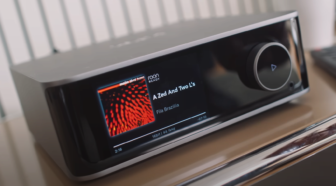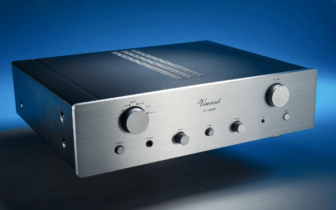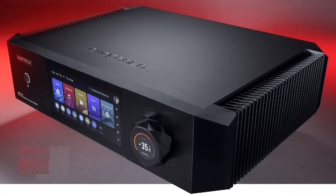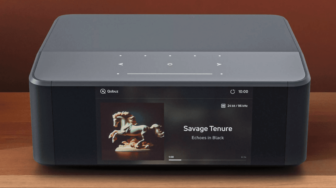JBL SA550 Integrated amplifier, CD player CD350 and the network player MP350 Review
JBL returns to its HiFi history from the 1960s. The Classic series brings visual retro charm into the living room, but inside you’ll find the latest technology and clever features.
by Christian Möller
Test & Technology: Complete Systems without Speakers
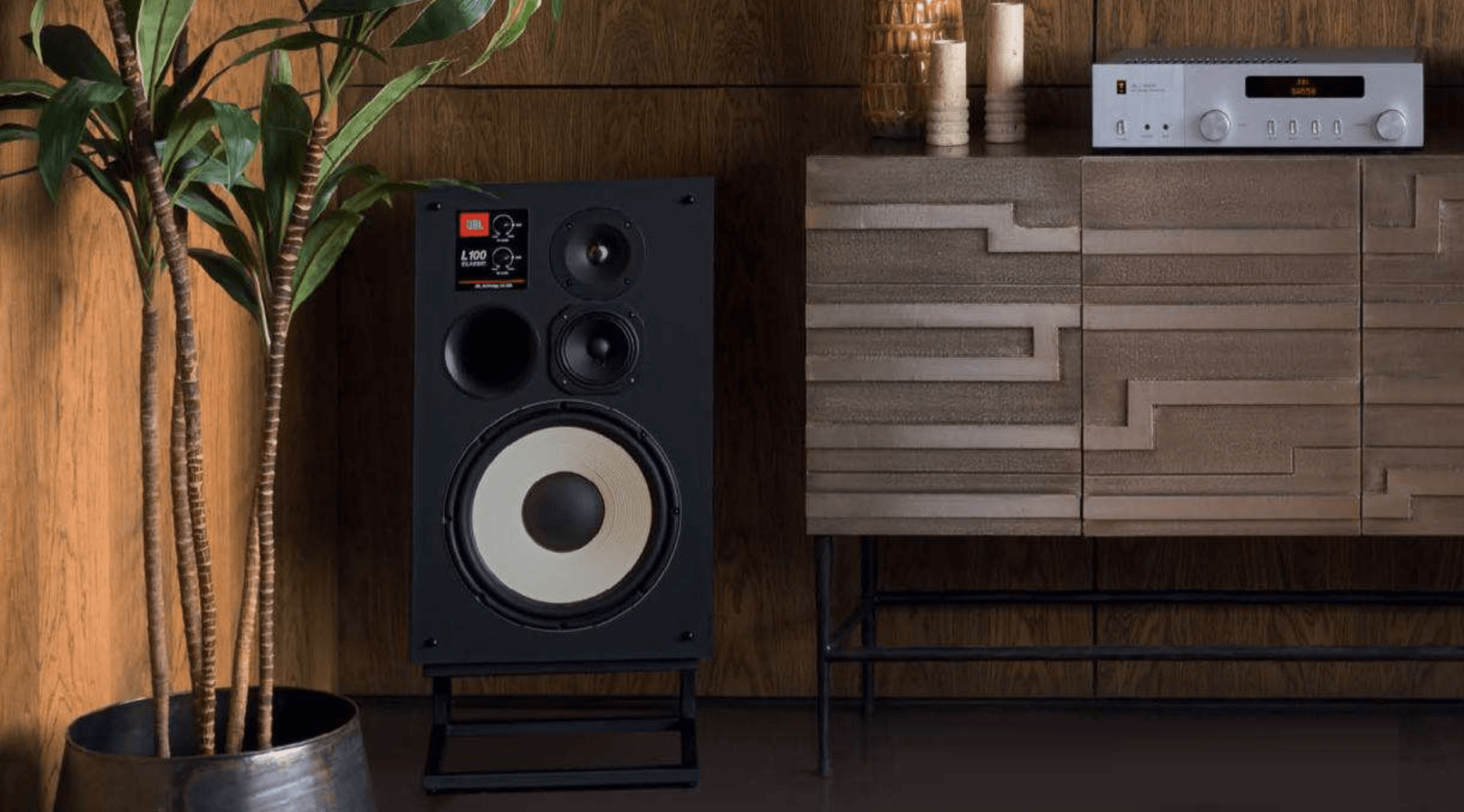
Modern technology doesn’t always have to look futuristic. The cozy look of the ’60s and ’70s also offers that certain something. Many HiFi fans—including myself—look back somewhat wistfully on this time when innovations seemed to emerge monthly in the HiFi world. At Harman, the parent company of the JBL brand, they’ve recognized this, and after a long wait, the JBL Classic series is finally hitting the market.
The name already reveals it: this is all about retro aesthetics. The SA600 from James Bullough Lansing (JBL) from the ’60s served as the template, and the Classic series is definitely meant as a kind of homage to the American JBL founder.
The most important retro element: the wood-look side panels. Is that actually real wood? The manufacturer claims it’s ten millimeters of solid walnut, and a close look confirms this. Each side panel shows an individual grain that continues around the edges. Achieving this with veneered particle board is very difficult. This side design is much too beautiful to hide in a rack. So my tip: Place the components visibly on a sideboard and enjoy the sight again and again. Joy guaranteed!
JBL envisions a total of five components for the Classic series, including a turntable called TT350 Classic. But it’s not available yet; unfortunately, it won’t hit the market until sometime in 2024.
We received the integrated amplifier SA550, the CD player CD350, and the network player MP350. The already announced network receiver SA750 is also still awaited.
The front of all Classic devices shines in brushed aluminum and houses large, solid controls. An exception is the MP350 network player, which has no controls on the front. Not even a power switch (apart from the primary switch on the back). You control it—very modern—mostly via smartphone app. The retro idea doesn’t go that far after all.
Nevertheless, there is much to discover, such as the illuminated exclamation mark on the left side. This is also a nod to the SA600. After switching on the MP350, it lights up in warning signal red. You might think, “Oh dear, is something wrong?” But don’t worry; the color changes from red to yellow when the player has finished booting up—it takes a few seconds. The same happens with the SA550 but lasts only about a second.
The displays also shine in this yellow that leans toward orange, which involuntarily reminds me of the first amber-colored computer monitors from the 1980s—now also retro. The large dot-matrix display is still easy to read even from a distance. On all devices, you can dim the display in two levels or turn it off completely. This even works conveniently with the remote control.
Déjà Vu with the Operating Concept
This brings us to the operating concept. The integrated amplifier and CD player can be controlled directly on the device. The large input and volume knobs of the SA550 feel good and run smoothly centered, solidly, and with gentle clicks. Each device also has its own remote control. At first glance, they are absolutely identical and differ only in a small label under the JBL logo. Especially in dim light, this is hardly noticeable, so you often grab the wrong remote. Unfortunately, there’s no control bus system that connects all devices. So you have to constantly switch between the remote controls. My tip: Mark the remotes visibly, preferably with adhesive tape or a tactile sticker. That way, you won’t constantly get stuck in the trial-and-error loop.
The app exclusively controls the MP350 network player. At first glance, I recognize the similarity with the Arcam Radia app (7Review+7Review 1/2024, page 60). The basic concept of the firmware in the devices is also similar to that of the Radia components. Since both brands flourish under the Harman umbrella, it’s plausible that the group uses development work for multiple brands. That doesn’t have to be a bad thing, because in design and controls, the JBL Classic and Arcam Radia series couldn’t differ more. Arcam and JBL therefore cater to completely different target groups, and that’s a good thing!
SA550—the Heart of the System
Undoubtedly, the SA550 is the center of the series. JBL doesn’t hold back but really goes all out. The amp works with a Class G amplifier concept, which is also used in the Arcam A25, and here, according to the manufacturer, delivers 90 watts per channel at 8 ohms. An ESS DAC chip is also integrated. The Sabre ES9038K2M resolves PC signals in 32-bit at up to 768 kHz sampling rate, according to manufacturer specifications. The chip also supports DSD; even native DSD512 is possible with it. The SA550 accepts digital signals via two coaxial and one optical input. Unfortunately, there’s no USB port for connecting a Mac or PC. Thus, the ESS chip is limited to 24-bit at a maximum of 192 kHz via these interfaces. More isn’t possible over these connections. The USB Type-A port on the back is only for system updates. You cannot play music files through it.
A special feature is the digital filter, whose behavior can be switched in seven stages via a dedicated button on the front panel. Such a feature is very rare in components of this kind. A total of five analog inputs can be found on the back. Among them is a phono input that pre-amplifies signals from MM cartridges. Clever: Another input is located on the front in the form of a 3.5 mm jack. You can quickly plug in a smartphone or tablet here; for the occasional living room party, this is surely a welcome solution. However, you’ll rarely need to resort to it because the amp also supports Bluetooth. This means the connection to the smartphone is usually set up faster. Kudos: With a signal-to-noise ratio of 107 dB, the amp achieves the best value ever measured in the test.
With USB Port—CD350
The CD player initially offers standard fare but stands out with a special feature: The drive also plays music files from data CDs. Via the USB port on the back, it can also play from USB sticks or hard drives. It also reads CD text and displays the info on the display at the touch of a button. Great!
Multitalent MP350
The MP350 network player is probably the device an owner will spend the most time with. It takes some time to grasp the multitude of possibilities. The app is indispensable for this. Whether it’s internet radio, streaming services like Spotify or Tidal, access to a local music server, or direct streaming from a smartphone via AirPlay 2 or Chromecast—the applications are diverse. It’s also worth mentioning that the MP350 is even Roon Ready. However, this only works after a software update that’s supposed to come during 2024.
CONCLUSION: You can tell that JBL has left nothing to chance with the Classic series. All components mesh like a Swiss watch. I, for one, had a lot of fun, and the eye was pleased as well. There was nothing to complain about in terms of sound either. The SA550 played like a rock in the surf—nothing could shake it. CD player and network streamer were in no way inferior.
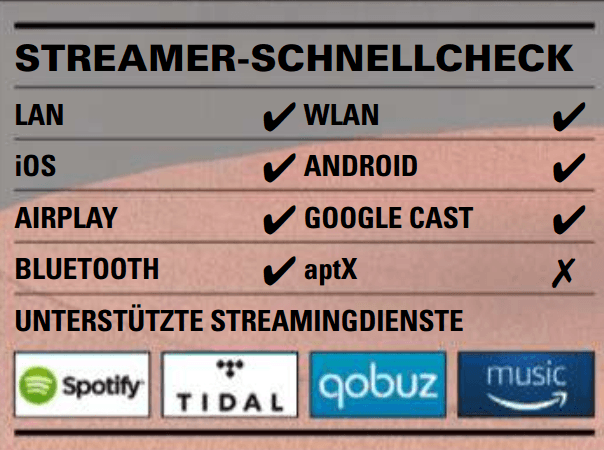
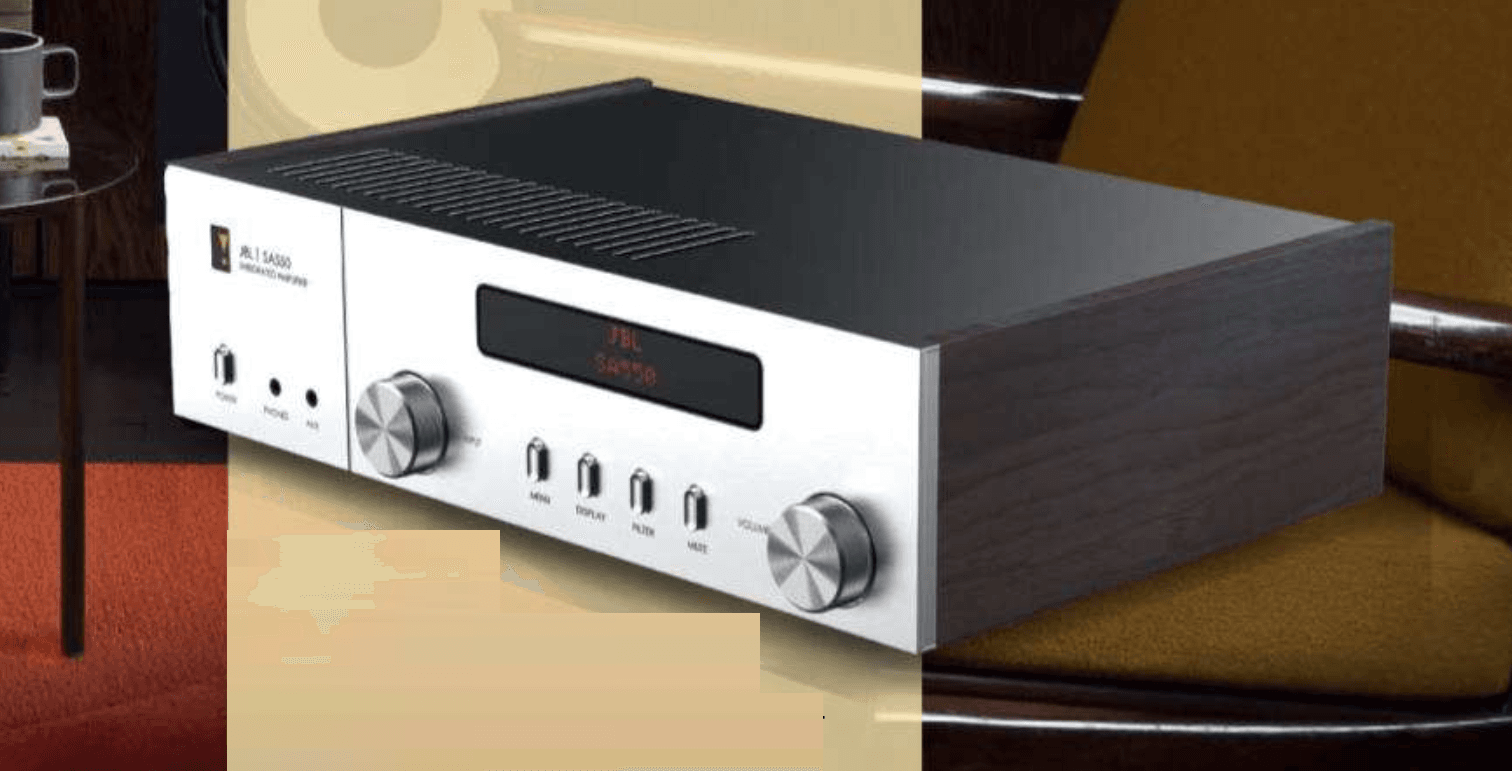
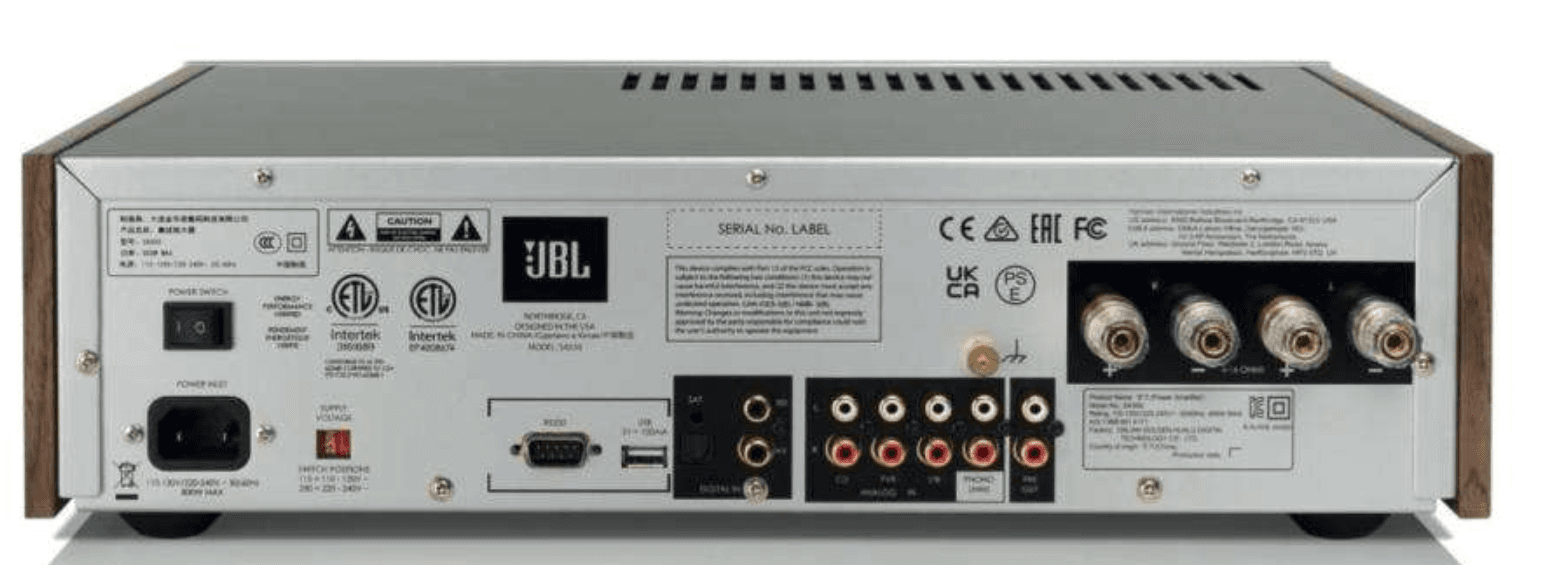
JBL SA550 CLASSIC Specs
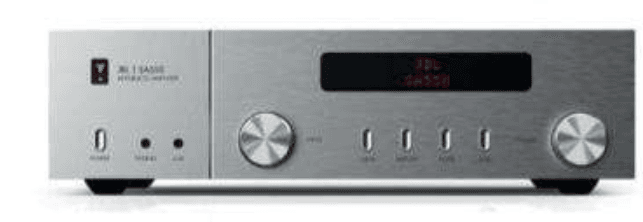
- List Price: €1900 (approx. $2050)
- Warranty: 5 years
- Dimensions (W × H × D): 44.9 × 11.4 × 32.7 cm
- Weight: 12 kg
Connections
- Phono MM/MC: Yes / No
- High-Level Cinch/XLR: 4 (plus 3.5mm jack) / No
- Digital Input (Optical, Coaxial, USB): Yes / Yes / No
- Tape Out: No
- Pre-Out Cinch/XLR: Yes / No
- Headphone Output: 3.5mm jack
Functions
- Remote Control: Yes
- Tone Controls / Switchable: No / No
- Loudness Function: No
- Special Features: Real wood side panels
Pros & Cons
✅ Pros:
✔ Well-executed retro design
✔ Powerful and balanced sound
✔ Many connection options
✔ Bluetooth input
❌ Cons:
✘ No USB port
✘ No balanced inputs
Ratings (Converted to a 10-Point Scale)
| Category | Original Score | 10-Point Scale |
|---|---|---|
| Sound Quality (Cinch) | 157 | 9.3 |
| Features | Very Good | 9.0 |
| Usability | Very Good | 9.0 |
| Build Quality | Outstanding | 10.0 |
Audio Benchmark
- Overall Rating: 157 Points (≈ 9.3/10)
- Price/Performance: Outstanding
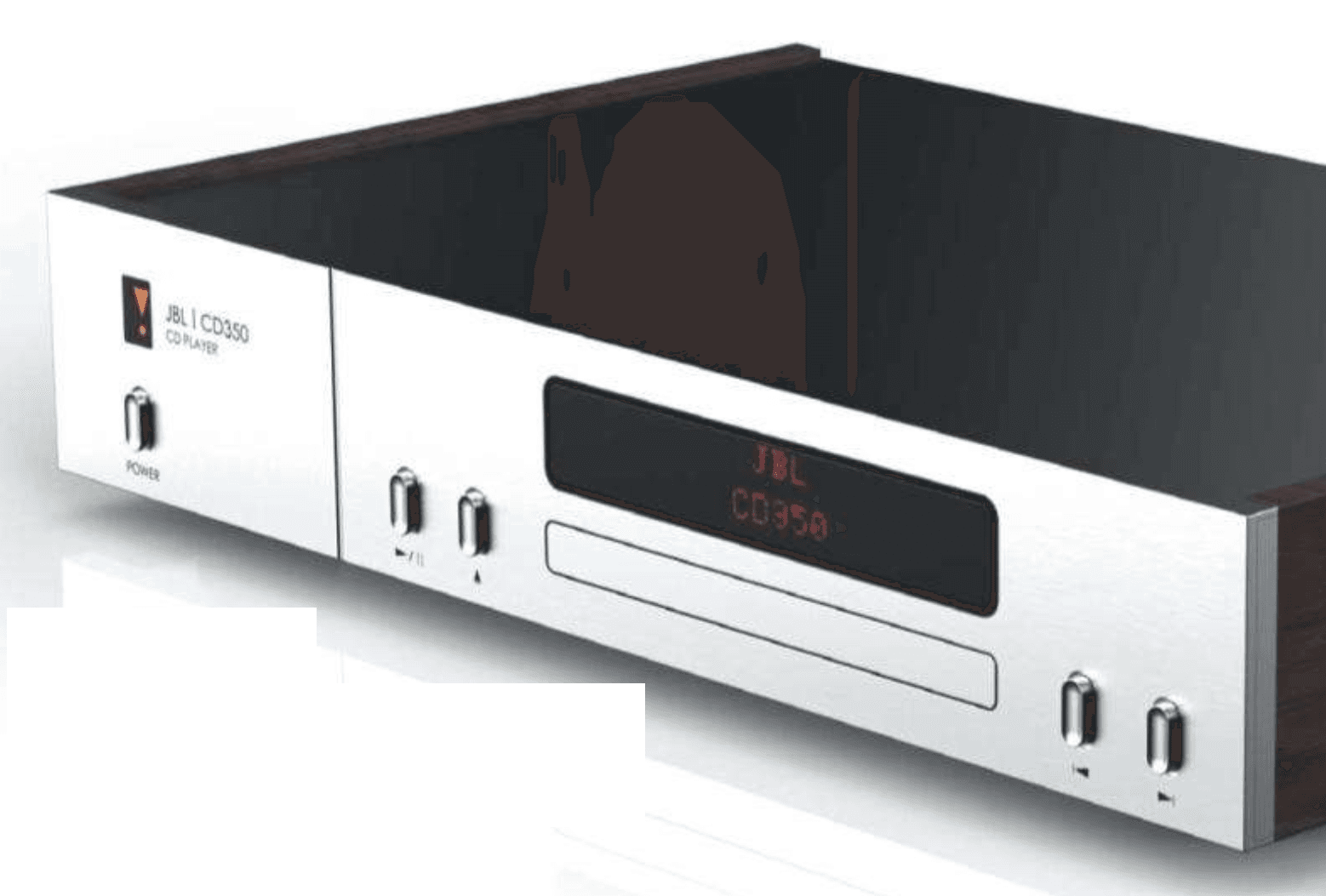
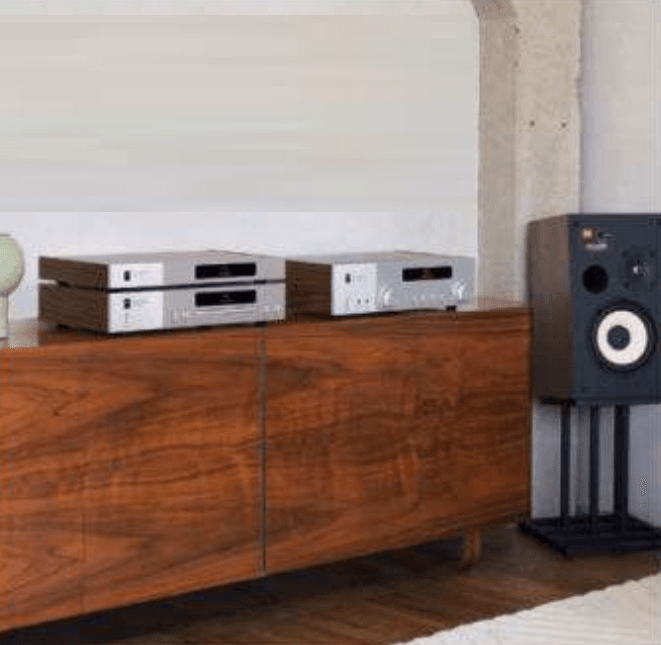

- List Price: €900 (approx. $970)
- Warranty: 5 years
- Dimensions (W × H × D): 44.8 × 8.9 × 29 cm
- Weight: 5.8 kg
Features
- Random Track Selection: Yes
- Playtime Display (Track/CD/Program): No / No / No
- Remaining Time Display (Track/CD/Program): No / No / No
- Repeat Mode (CD/Track/A-B): Yes / Yes / No
- Remote Control: Yes
- Adjustable/Fixed Output: No / Yes
- Analog Output Cinch/XLR: Yes / No
- Digital Output Coax/Optical: Yes / Yes
- Headphone Output / Adjustable: No / No
- Digital Input Cinch/Optical/USB: No / No / No
- USB-Host / Supported Formats: Yes / WAV, FLAC, MP3, AAC
- Special Features: Real wood side panels
Pros & Cons
✅ Pros:
✔ Stylish retro design
✔ Excellent build quality
✔ Outstanding dynamic range
✔ Easy operation
✔ Can play music files from data CDs
❌ Cons:
✘ No USB port for PC/Mac
Ratings (Converted to a 10-Point Scale)
| Category | Original Score | 10-Point Scale |
|---|---|---|
| Sound Quality (Cinch) | 154 | 9.1 |
| Features | Very Good | 9.0 |
| Usability | Very Good | 9.0 |
| Build Quality | Outstanding | 10.0 |
Audio Benchmark
- Overall Rating: 154 Points (≈ 9.1/10)
- Price/Performance: Outstanding

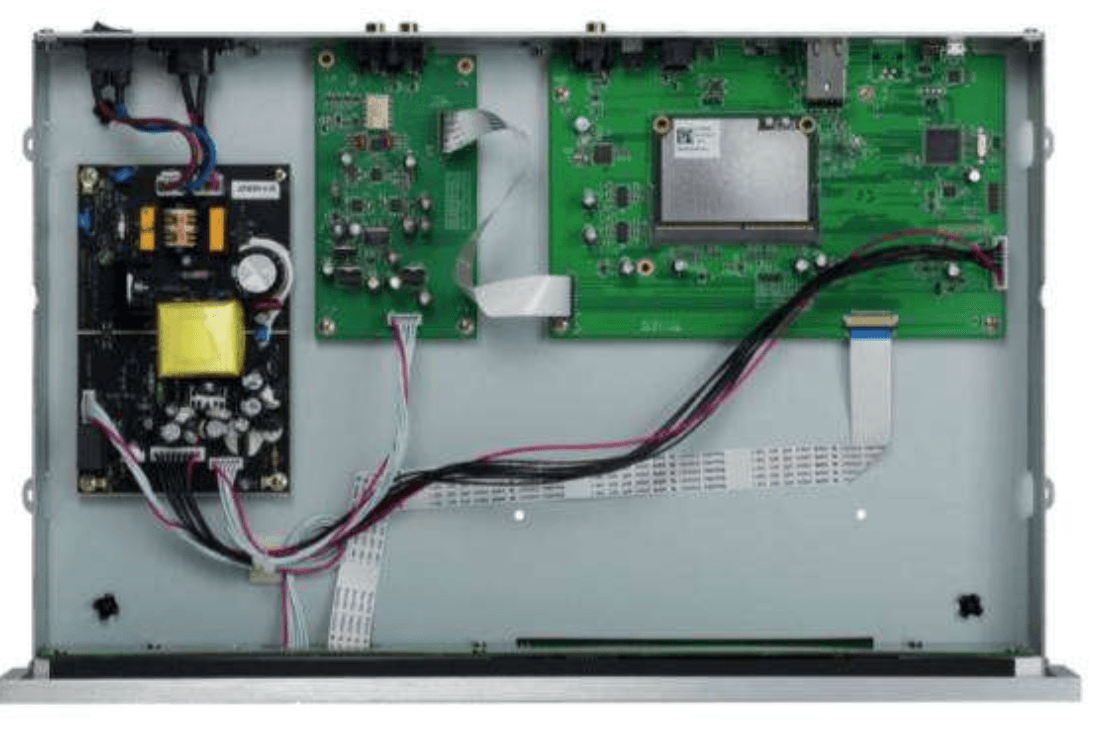
- List Price: €1000 (approx. $1075)
- Warranty: 5 years
- Dimensions (W × H × D): 44.8 × 4.8 × 28.2 cm
- Weight: 5 kg
Connections
- CD/DVD/BD Drive: No / No / No
- USB: Yes (Type-A, Host)
- Analog-Out: 1× Cinch (RCA)
- Digital-Out (Coax/Optical): Yes / Yes
- Network: Ethernet, Wi-Fi
Functions
- Display / OSD: Yes / No
- Fast Forward / Rewind: No
- Bluetooth / AirPlay: No / Yes
- Cover Display: Yes (via App)
- Streaming Services: Spotify, Tidal, Amazon
- Internet Radio / Provider: Yes / Amazon
- Audio Formats Supported: FLAC, WAV, MQA, AAC, ALAC, AIFF, DSD 128
- Max Resolution / Bitrate: 24-bit / 192 kHz
- Remote Control / App Control: Yes / Yes
- Gapless Playback: Yes
- Required Server: DLNA
- Special Features: Real wood side panels
Pros & Cons
✅ Pros:
✔ Stylish retro design
✔ Excellent build quality
✔ Great app functionality
✔ Roon Ready (coming via firmware update in 2024)
✔ Analog output can be set to fixed or variable levels
❌ Cons:
✘ No USB port for PC/Mac
Ratings (Converted to a 10-Point Scale)
| Category | Original Score | 10-Point Scale |
|---|---|---|
| Sound Quality (Cinch) | 109 | 7.1 |
| Features | Very Good | 9.0 |
| Usability | Very Good | 9.0 |
| Build Quality | Outstanding | 10.0 |
Audio Benchmark
- Overall Rating: 109 Points (≈ 7.1/10)
- Price/Performance: Outstanding
JBL SA550 Classic
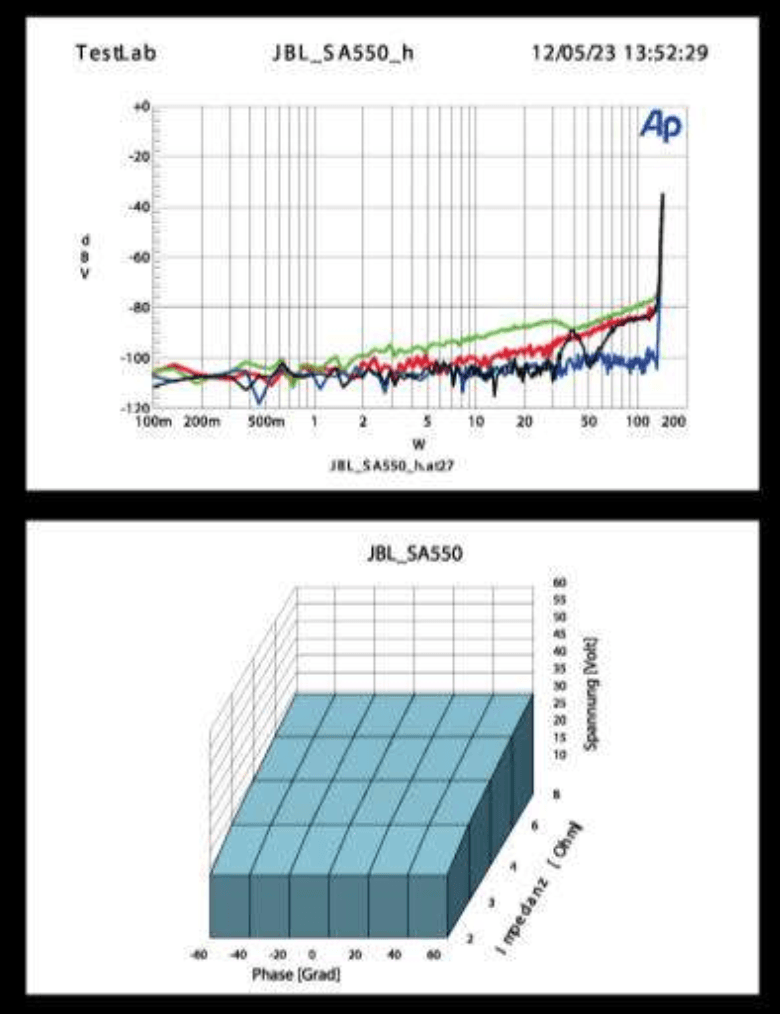
Stereo integrated amplifier that sets a new record for low noise with 107 dB SNR at the line input (10 V, weighted). Phono MM stage with fixed rumble filter (20 Hz/-3 dB) and good measurements (Gain 39 dB, 47 kΩ/100 pF, SNR 77 dB with system). Top-notch headphone output with only 2.5 Ω output impedance and 2.5/5.1 V output voltage at 32/300 Ω. Output stage: minimal harmonic distortions, with k3 (above, green) being most prominent; THD+N at 1 W: 0.005%. Stable behavior under complex load (below). Power values per channel, sine 8/4 Ω 92/143 W. Complex music power at 8/6/4/3/2 Ω: 104/120/152/167/164 W. Power consumption standby 0.2 W; operation (quiet) 27 W; at 2×1 W: 43 W; maximum 500 W. Audio score 6.2/10
THE APP CHECK
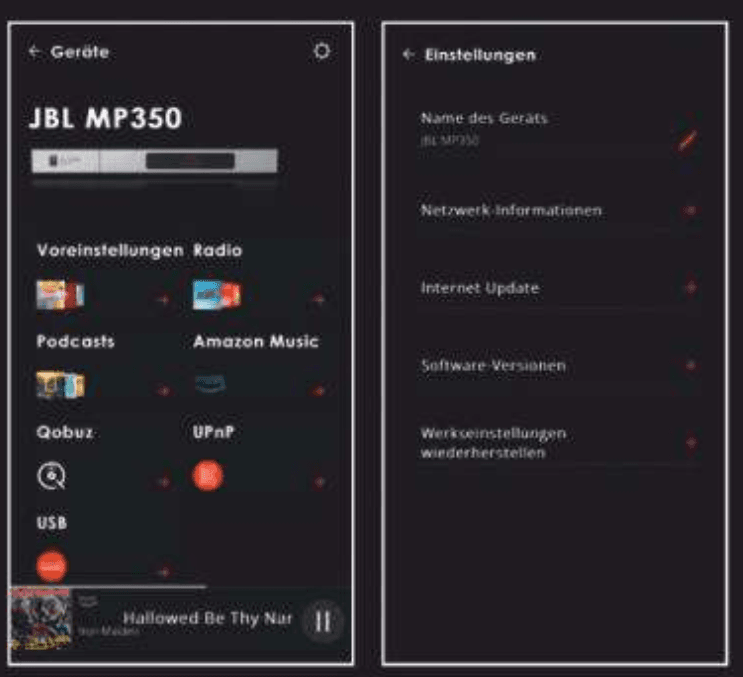
The “JBL Premium Audio” app performed excellently in the test. Its functions are largely self-explanatory. In no time, I had connected the MP350 with the Amazon Music account. Access to our music server in the listening room worked immediately. The 20,000 songs on the NAS were selectable in the app in no time. The search also worked great. An impressive performance.
APP RATING
JBL CD350 Classic
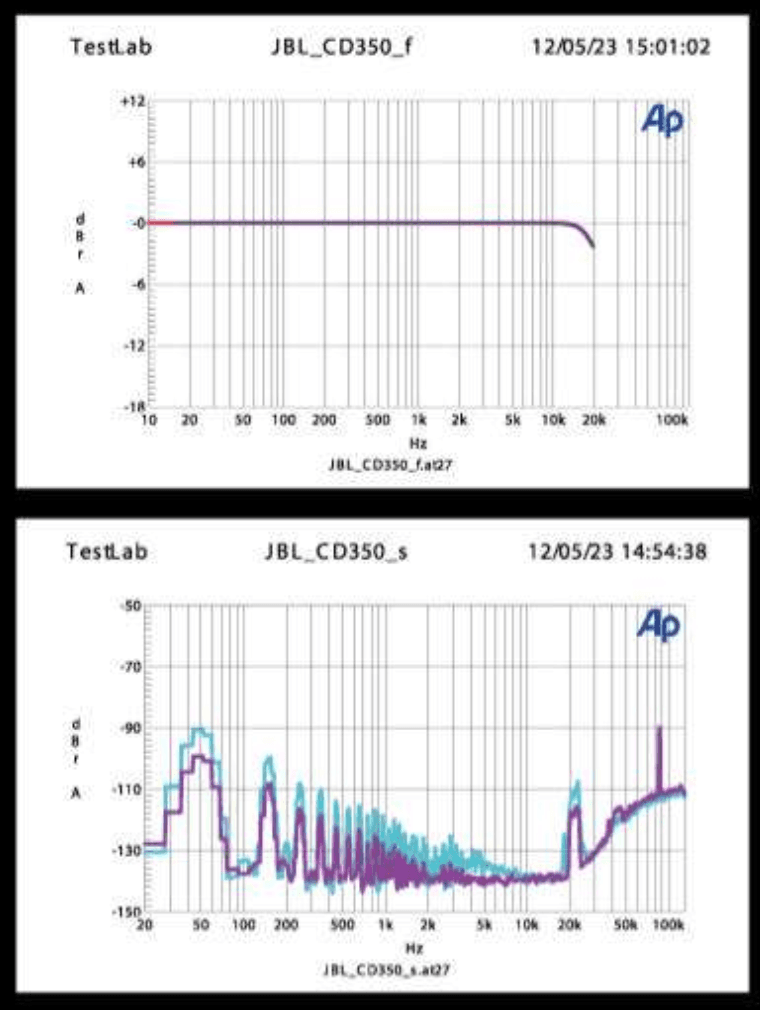
The CD player delivers a clean frequency response even with pre-emphasis coded CDs (above, blue). The output filter gently rolls off starting at 14 kHz and limits the audio bandwidth to 20 kHz. The fixed output voltage of 2.2 V (0 dBFS) is practical—the amplifier only overloads above 6 V. The lower diagram shows the output spectrum with a digital zero signal: 50 Hz harmonics (mains hum) and a rising noise floor above the Nyquist limit at 22 kHz are visible. The weighted noise values are in the green zone at 107 dB and 96 dB with the quietest possible signal. Unweighted THD+N value (distortion plus noise) at 2 V: 0.022%. Power consumption standby/operation 0/7 W.
JBL MP350 Classic
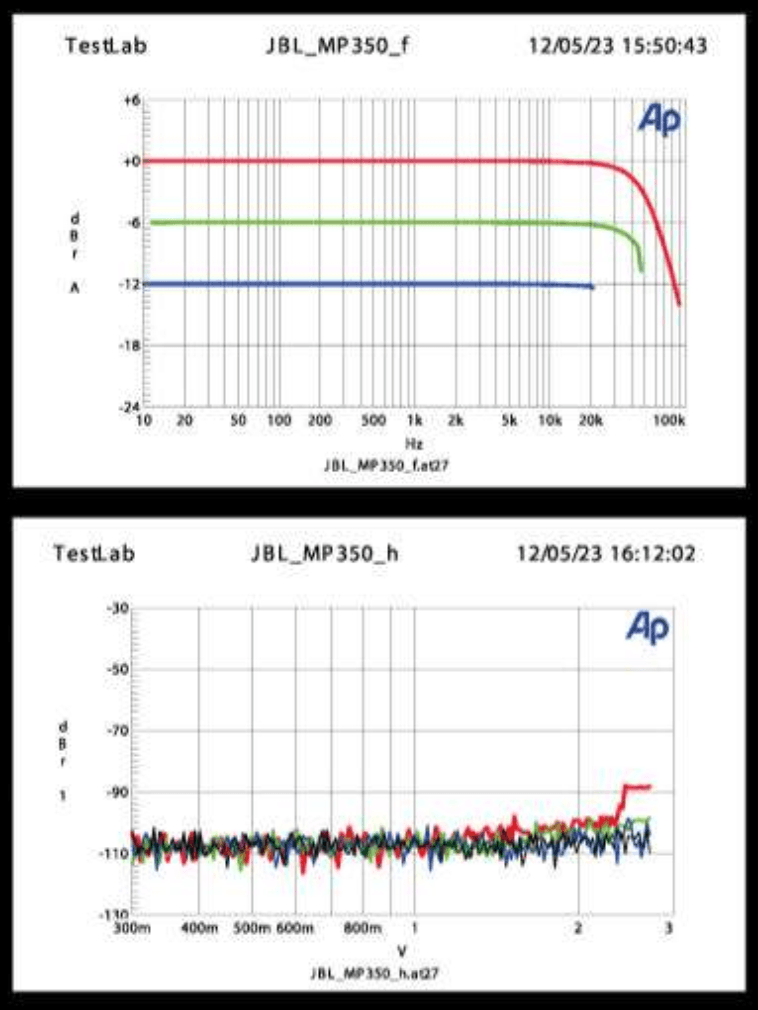
Above: The frequency responses are identical in the audible range up to 20 kHz, regardless of the sampling rate (192/96/44.1 kHz). Below: The signal contains virtually no harmonics (the first four are shown); the THD+N (distortion plus noise) is a good 0.005%. The acceptable signal-to-noise ratio of 99 dB (weighted) could be improved if the LAN connection, prone to hum, were better decoupled (50 Hz signal component at -90 dB). Presumably a software bug is the behavior of the volume control, which actually operates in fine 0.5 dB steps but makes a jump of 4.5 dB at the last step (99): The output voltage at 0 dBFS then jumps from 1.6 to 2.7 V. Power consumption standby/operation 1.5/7 W.



